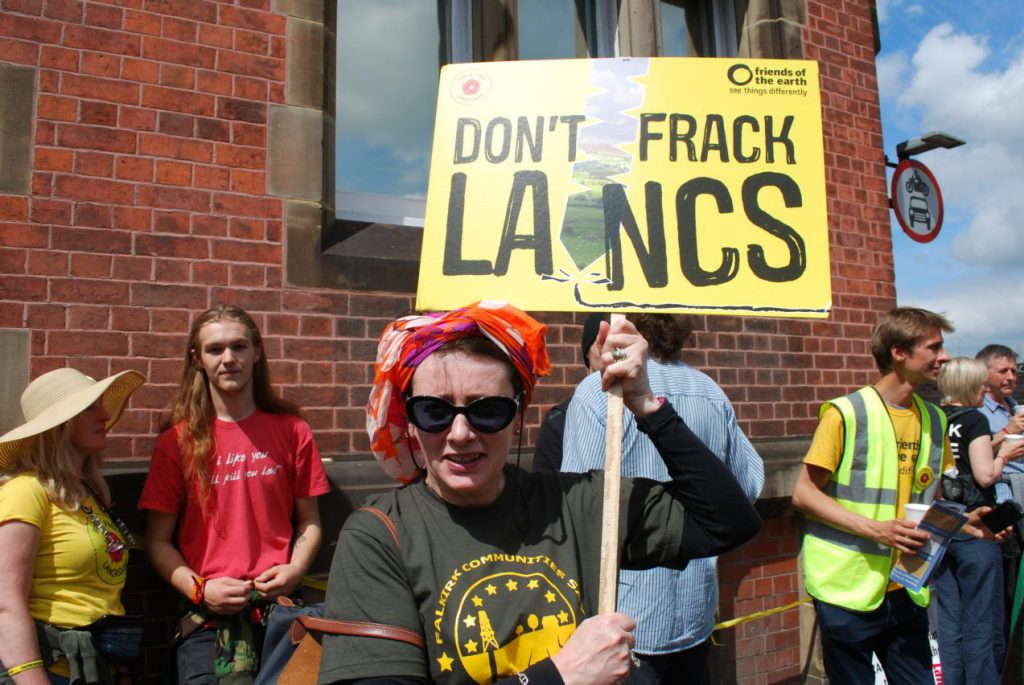
Methane and the fossil fuel industry
When we talk about climate change we spend a lot of time going on about carbon dioxide, which comes mainly from the direct burning of fossil fuels, but we often neglect the second most important greenhouse gas, methane, and its very significant connection to the fossil fuel industry.
Methane is 80x more effective than carbon dioxide at trapping extra heat from the sun over short timescales and about a quarter of current climate change the planet is experiencing has been caused by methane.
It comes from farm animals, particularly cattle, as well as from rotting vegetation, rice fields and fires. It is also emitted when fossil fuels are extracted, transported and stored, including leakage from coal mines, deliberate venting and flaring, and escapes from pipework and pumps. Natural gas is of course almost 100% methane.
Measuring the impact of methane
Methane levels in the atmosphere have been rising over the last 15 years, ever faster over the last four years, and scientists struggled to explain why until a study last year very firmly pointed to the fracking boom in the US as a major culprit.

One satellite study found a huge methane plume from the Korpezhe oil and gas field in Turkmenistan on multiple dates over more than a year, suggesting routine leakage from the site equivalent to putting a staggering extra five million cars on the road.
As well as routine leakage of methane from normal operations, accidents can release huge amounts of gas. A new satellite designed to look for methane leakage found that a blow out at a fracking site run by a subsidiary of ExxonMobil in Ohio was responsible for one of the biggest methane leaks in US history, with the research team estimating that this single site released more methane in the 20-day blowout than Norway’s oil and gas industry’s entire annual total.
The Deepwater Horizon disaster in 2010 released about half a million tonnes of methane into the Gulf of Mexico, about 10 times more than the Ohio fracking site.
There’s more methane pollution than we previously thought
Although fracking has played a particular role in increasing methane levels in the recent years, the whole fossil fuel industry has been making even more of a contribution than previously thought. A new study last week looked at historical levels of methane before and during the industrial revolution, by looking at the presence of the radioactive markers in methane trapped in Arctic ice. This let them disentangle the amount of the gas that comes from natural sources and the amount that comes from fossil sources.
They concluded that we have probably severely underestimated the amount of methane that ends up in the atmosphere because of the fossil fuel system, with somewhere between 25% and 40% more methane coming from the oil and gas industry than previously thought.

Although any prospect of fracking in the UK thankfully now seems to be dead, the offshore oil and gas industry here releases and burns off gas it can’t use, reporting methane emissions at a rate equivalent to more than one million tonnes of carbon dioxide every year and total methane emissions from oil and gas exploration, production and transport bring the total to five million tonnes, like adding nearly two and a half million extra cars on to our roads.
The fossil fuel industry and their products are the main cause of climate change. We already knew that the production process produced its own emissions but recent new studies reveal that the fossil fuel industry is responsible for even more of climate change than we thought. The only good news is that we can decide to shut it down.
Dr Richard Dixon is Director of Friends of the Earth Scotland. A version of this article appeared in The Scotsman on Tuesday 25 Feb 2020.
